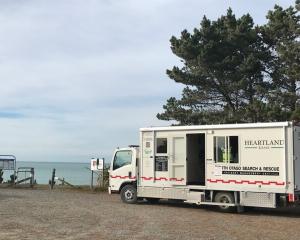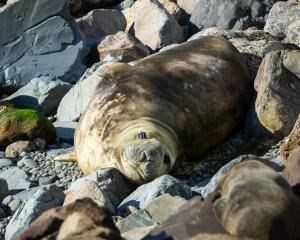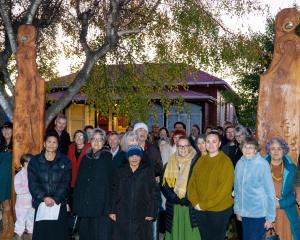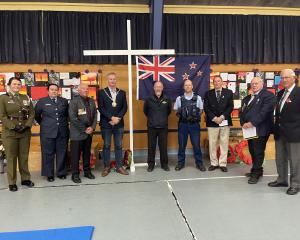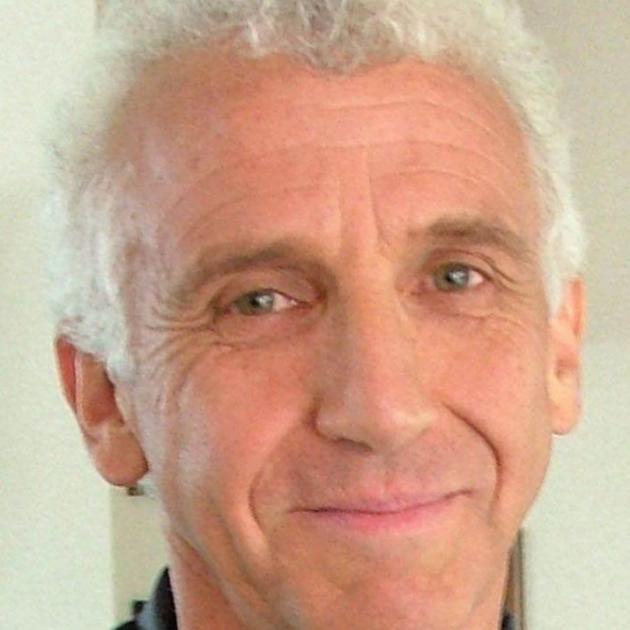
A recent review of how wallabies have spread since they were introduced into the Waimate area in 1874 showed without control a further 740sq km of farmland could be occupied by the pests by 2023 and 1480sq km by 2033.
Wallabies stop native bush regenerating and also compete with livestock for any dry matter including green feed crops.
Last year alone 30 wallabies were shot in a 60,000ha area around the Aviemore Dam area. From 2008 to 2012 only 18 were killed. Over the years at least two had been shot in Otago, one in the Lindis Pass area and another near Luggate Bridge. Other sightings have been reported.
Mr Warburton, a wildlife ecology and management team leader, said he hoped wallabies would never fill up the distribution estimates.
''There needs to be some control and it would be nice to eradicate them [from south of the Waitaki].''
Environment Canterbury was responsible for the control of wallabies and its pest strategy required landowners to keep numbers within a certain level within the wallaby containment level and notify the regional council within 10 days of becoming aware of wallabies on any land outside that area.

That was a challenge in the area south of the Waitaki because of their low numbers.
''It's really hard to find them. You can spend a lot of money on a few individuals.''
It was then hard to know if or when they had been eradicated, he said.
Another challenge in the fight to keep wallabies within their contained area was the common practice of illegal releases.
Otago Regional Council environmental monitoring and operations director Jeff Donaldson said the council investigated all reported sightings and was in close contact with ECan.
ECan biosecurity team leader Brent Glentworth, of Timaru, said trying to eradicate wallabies from south of the Waitaki was an ongoing battle, especially as wallabies were breeding in the area.
Two contractors sweep the Aviemore area twice a year, with dogs, concentrating on ''hot spots'' where wallabies were most likely to live. ECan was looking into a variety of methods to target the remaining wallabies including trialling aerial thermal imaging.
Bennett's Wallabies
• Introduced from Tasmania Released in Hunter Hills near Waimate in 1874 for recreational hunting.
• Spread at rate of 46sq km per year between 1916-1975.
• A pest under Environment Canterbury's pest plan.
• Controlled by 1080 or cyanide pellets.




